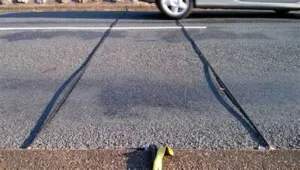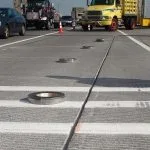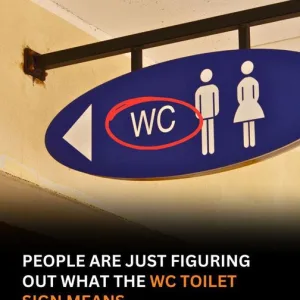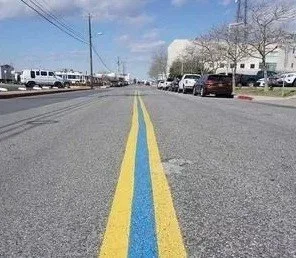As you navigate your daily commute, you may have noticed black cables stretched across the road, like stealthy sentinels of the pavement. But what exactly are these enigmatic tubes, and what role do they play in our transportation infrastructure? The answer lies in traffic management and data collection.
These black cables are portable traffic counters, strategically placed by transportation authorities to gather crucial data on road usage and traffic patterns. With more than 12,000 of these traffic counters scattered across the state, they provide invaluable insights that fuel the planning and development of our road networks.

### How the Black Cables Work
The technology behind these rubber cords is simple yet effective. Each time a vehicle’s tires contact the tube, a burst of air triggers an electrical signal recorded by a counter device. This pneumatic mechanism tracks the volume of vehicles passing over the road within a given timeframe. By analyzing the intervals between these air bursts, transportation agencies can identify peak traffic congestion periods. When deployed in pairs, these tubes can provide even more detailed data, such as vehicle class, speed, and direction.
### Importance of Traffic Data
The information collected by these traffic counters is critical for making informed decisions about road signage, speed limits, and transportation budgets. Municipalities use these insights to fine-tune their traffic management strategies, ensuring that road systems remain efficient and safe for all users.
### Beyond Just Counting
While the primary function of these road tubes is traffic counting, their utility extends far beyond mere enumeration. These instruments serve as multi-dimensional data collectors, enhancing road infrastructure and ensuring smooth traffic flow.
The U.S. Department of Transportation explains how these tubes operate. When a vehicle’s tires traverse the rubber tube, a burst of air pressure closes an air switch, sending an electrical signal to a counter device. These tubes can be set up temporarily or permanently, each serving distinct purposes. Temporary setups, often lasting only a day, offer quick snapshots of traffic dynamics, while permanent setups provide continuous, in-depth monitoring.
Strategic Placement and Use
Transportation agencies place these black cables in areas with minimal interference, targeting straight stretches of road for optimal data collection. Single-tube setups measure vehicle counts and time gaps between vehicles. Paired tubes capture more complex data, including axle count, direction, and speed.

These tubes are also deployed to address urban road management challenges. If residents report concerns about speeding or shortcutting, these tubes help investigate and validate those claims. The data they generate informs transportation budgets and the implementation of effective solutions.
### Conclusion
The next time you see those black cables stretching across the road, remember the intricate web of data they collect behind the scenes. These unassuming instruments serve as silent observers, capturing the heartbeat of our roads and guiding the decisions that shape our transportation landscape. As you drive over these tubes, know that they are more than meets the eye—they are the pulse of our evolving road networks.





